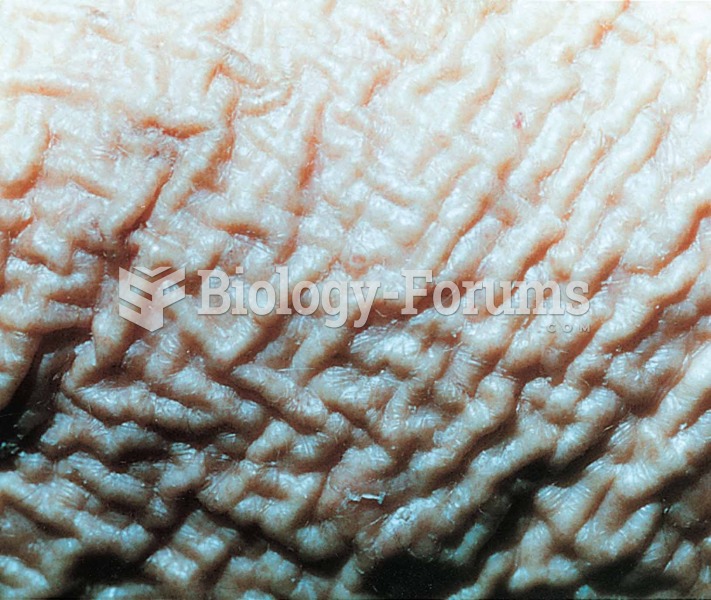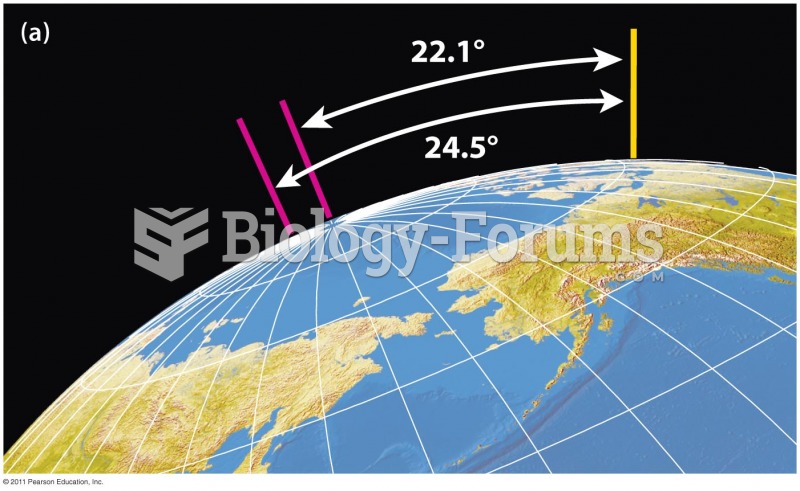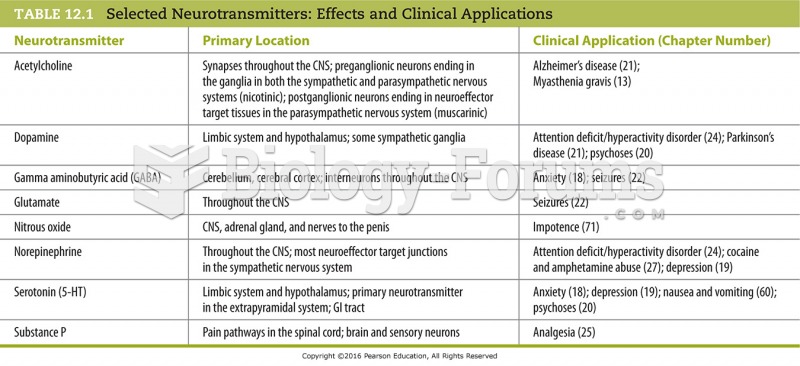Answer to Question 1
1 . Radiation pressure: light streaming from the Sun's photosphere pushed against the particles of the solar nebula. Large bits of matter like planetesimals and planets were not affected, but low-mass specks of dust and individual atoms and molecules were pushed outward and eventually driven from the system.
2 . Solar wind: the flow of ionized hydrogen and other atoms away from the Sun's upper atmosphere. The strong surging wind from the young Sun may have helped push dust and gas out of the nebula.
3 . Sweeping up of space debris by the planets.
4 . Ejection of material from the Solar System by close encounters with planets. If a small object such as a planetesimal passes close to a planet, the small object's path will be affected by the planet's gravitational field. In some cases, the small object can gain energy from the planet's motion and be thrown out of the Solar System.
Answer to Question 2
According to the solar nebula theory, the observed pattern of planet densities originated when solid grains first formed, a process called condensation. Solid particles condensed from the gas of the nebula as it cooled. The kind of matter that could condense in a particular region depended on the temperature of the gas there. In the inner regions, close to the Sun, the temperature was evidently 1500 K or so. The only materials that can form grains at that temperature are compounds with high melting points, such as metal oxides and pure metals, which are very dense. Farther out in the nebula it was cooler, and silicates (rocky material) could also condense, in addition to metal. These are less dense than metal oxides and metals. Mercury, Venus, Earth, and Mars are evidently composed of a mixture of metals, metal oxides, and silicates, with proportionately more metals close to the Sun and more silicates farther from the Sun. Even farther from the Sun there was a boundary called the ice line beyond which water vapor could freeze to form ice particles. Yet a little farther from the Sun, compounds such as methane and ammonia could condense to form other types of ice. Water vapor, methane, and ammonia were abundant in the solar nebula, so beyond the ice line the nebula would have been filled with a blizzard of ice particles, mixed with small amounts of silicate and metal particles that could also condense there. Those ices are low-density materials. The densities of Jupiter and the other outer planets correspond to a mix of ices plus relatively small amounts of silicates and metal.







